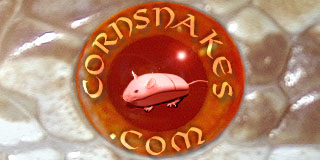Here's what it says in one of my herp books about Southern Alligator Lizards (the only entry for Elgaria; not quite the subspecies you want, but it may help):
Southern Alligator Lizard
Family & Scientific Name: Anguidae; Elgaria multicarinata ssp.
Identifying features: They have short but functional legs, attenuate form, and a lengthwise skin fold on each lower side. Dark stripes along centers of belly scales are visible.
Similar species: Northern alligator lizards are less elongated and have the dark belly stripes between the scale rows. Texas alligator lizards have a white mottled gray belly and may have dark lines along the centers of the belly scales.
Range & Origin: Pacific coast of the United States and Baja California. All specimens in the pet trade are collected from the wild.
Adut Size: 12-14 inches.
Life Span: To 10+ years.
Terrarium size: One or two specimens can be kept in a 20-gallon, long terrarium. Three or more specimens sould have a 40-75 gallon terrarium.
Terrarium type: This is a dry woodland and semi-aridland species. The terrarium substrate should consist of several inches of almost dry, sandy soil, over which a layer of leaf litter is strewn. Hides should be provided. One end of the terrarium should be illuminated and warmed from above.
Social structure: Usually communal.
Diet: A variety of insects, crickets, mealworms, waxworms, grasshoppers, and roaches are accepted. Dust insects with vitamin D3-calcium powder twice weekly for baby lizards and ovulating females, once weeky otherwise.
Potential problems: When properly fed, hydrated, and warmed these are hardy, relatively trouble-free species.
(Although, fair warning, this book says the "hardy, relatively trouble-free" thing about half the animals in the book.)
Hooray for copyright infringement! I guess the least I could do is credit them:
Bartlett, Patricia P., et al. Reptiles, Amphibians, and Invertebrates: An Identification and Care Guide. Barron's, 2001.
